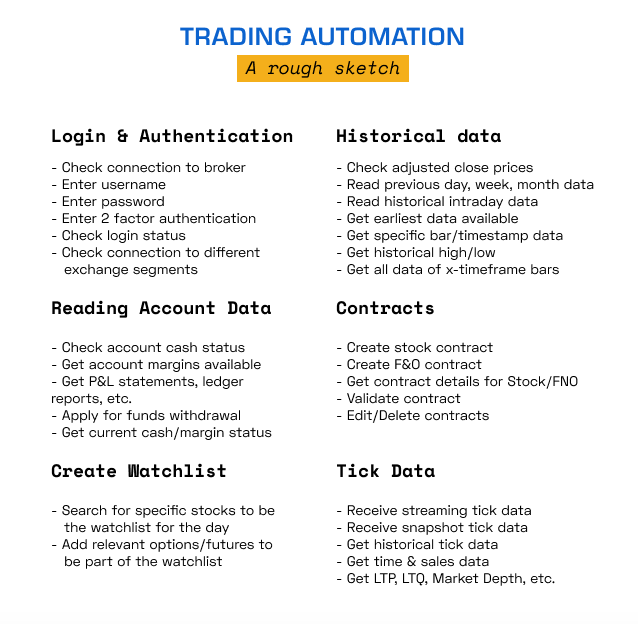
If you want to learn something, but colleges are just charging upwards of $100k for it, do the following:
1/ Go to the program website of each of the top prestigious college known for that specific niche.
This could be Wharton/Harvard for MBA Finance, CMU/Stanford for CS, etc.
1/ Go to the program website of each of the top prestigious college known for that specific niche.
This could be Wharton/Harvard for MBA Finance, CMU/Stanford for CS, etc.
2/ Check their program curriculum.
There will be minimum pre-requisite courses to be taken.
There will be course codes for each of those courses.
Type "course code with the name + Curriculum" on Google.
You'll most likely find the syllabus.
There will be minimum pre-requisite courses to be taken.
There will be course codes for each of those courses.
Type "course code with the name + Curriculum" on Google.
You'll most likely find the syllabus.
3/ Check what all topics are there in the Syllabus.
Check what reference books and text books are prescribed.
Study those topics with those books.
Complement your study with online courses.
Check what reference books and text books are prescribed.
Study those topics with those books.
Complement your study with online courses.
4/ Maximize for practical skills.
You'll most likely be able to find assignment summaries also.
You can find and use them to do the assignments also.
You'll most likely be able to find assignment summaries also.
You can find and use them to do the assignments also.
5/ The above is the traditional way.
With a little bit of street-smarts, you can put together your own curriculum from the curriculum of the top institutions to maximize for practical and real world skills.
Once you do that, study. Evaluate yourself by how far you go.
With a little bit of street-smarts, you can put together your own curriculum from the curriculum of the top institutions to maximize for practical and real world skills.
Once you do that, study. Evaluate yourself by how far you go.
• • •
Missing some Tweet in this thread? You can try to
force a refresh







